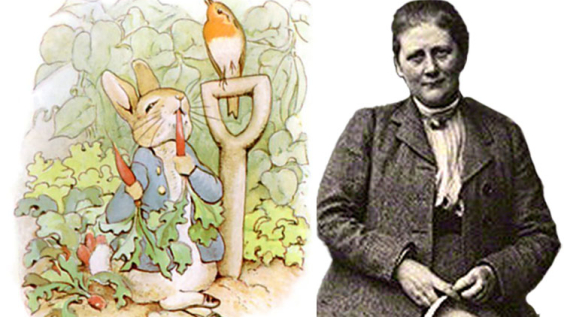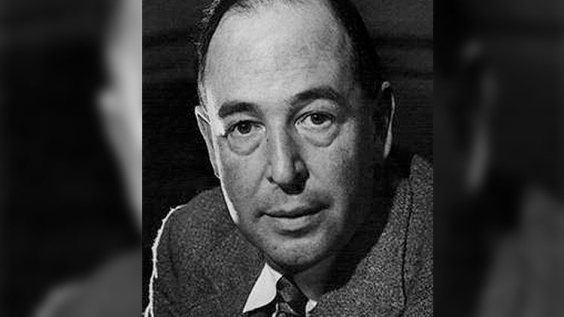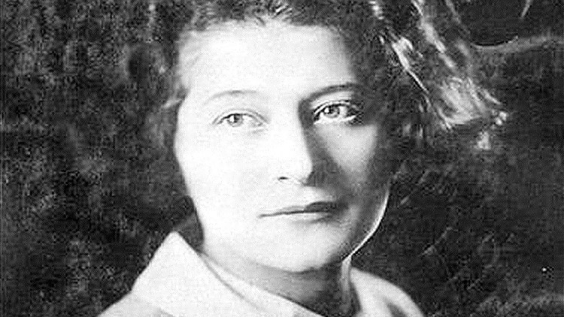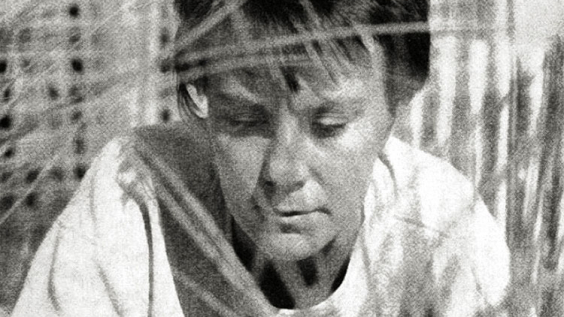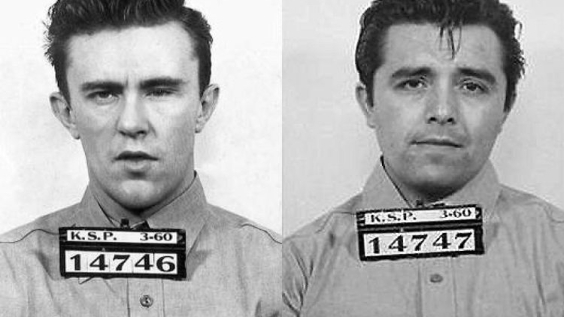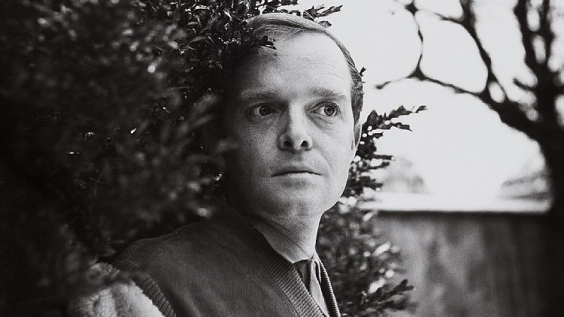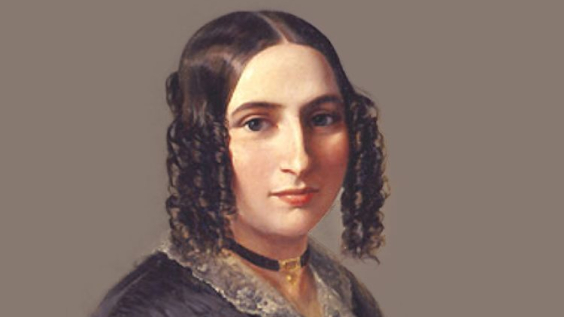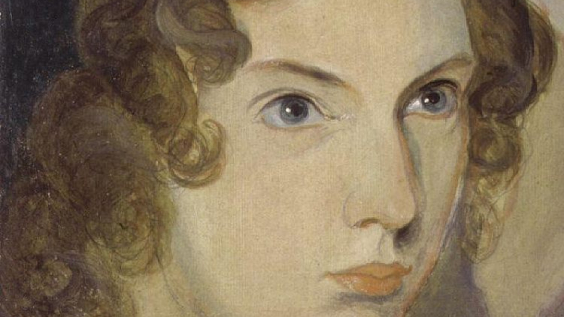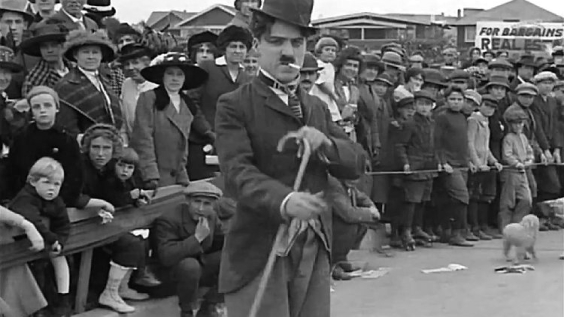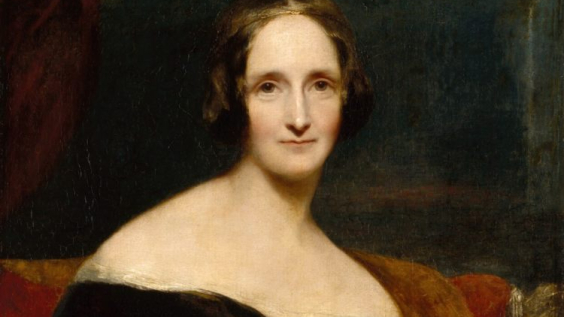
James Bond remains one of the most famous fictional characters in the world. But the inspiration for his creation by British author Ian Fleming, came from a life of unfulfilled military ambition, a fondness for women, and insider access to those at the highest of high society.
1. Ian Fleming grew up in the shadow of his brother
Ian was the second of four sons: his older brother Peter was an overachiever, having moved seamlessly from Eton to Oxford (where he graduated with a first class degree in English) before moving on to exploration in Brazil and Asia and serving with distinction in the Second World War – he received an OBE in the 1945 King’s Birthday Honours.
Ian, on the other hand, attended Eton but struggled academically, instead excelling at athletics, and subsequently enrolled at Sandhurst. He did not make it through a year there, leaving after he contracted gonorrhoea.
2. Working as a journalist proved a formative experience
After failing Foreign Office entry examinations – but becoming fluent in French and German in the process – Fleming joined Reuters, where he worked as a journalist for four years. Not only did this help his writing skills, but he spent time covering stories of Soviet spies and intelligence, which would come in handy later.

Bronze bust of Fleming by sculptor Anthony Smith, commissioned by the Fleming family in 2008 to commemorate the centenary of the author’s birth
Image Credit: Fortheloveofknowledge, CC BY-SA 4.0
3. He managed to land a job in Naval Intelligence
Despite having no background in either the military or intelligence, Fleming was given a job in Naval Intelligence by Admiral John Godfrey – a character who later would inspire Bond’s boss, M.
Fleming’s ability to speak multiple languages and his creative flair made him the perfect candidate for an unusual job: coming up with outlandish schemes in the hope of pulling one off and reaping huge rewards. Unsurprisingly, he thrived, dreaming up complicated schemes full of intrigue and drama, including faking a plane crash to lure a German submarine above water so that the British could capture an Enigma machine.
4. Fleming had long wanted to write a spy novel
It was no secret amongst Fleming’s friends that he wanted to write a spy novel, and his experiences in the Second World War provided plenty of inspiration. In 1952, he began to work on his first James Bond novel, Casino Royale, completing the first draft in just over a month.
The name James Bond was taken from a famous Caribbean ornithologist of the same name: Fleming described it as the ‘the simplest, dullest, plainest-sounding name I could find’ – perfect for the anonymous spy who found himself embroiled in exotic adventures and outrageous plots.
 Listen Now
Listen Now5. The infamous 007 moniker came later
Bond’s codename, 007, is believed to have had a variety of sources. John Dee – Queen Elizabeth I’s astronomer, and possible spy – signed his letters and reports to the queen with the numbers 007, which marked them as personal correspondence rather than state business, meaning they wouldn’t be read by officials or advisors.
The Zimmermann Telegraph – a major breakthrough for British intelligence during the First World War which helped bring America into the fight – was coded 0075. ’00’ was the grade for highly classified material.
6. James Bond and Ian Fleming aren’t as different as you might think
Many of the more personal elements of Bond’s character were firmly based in Fleming’s own preferences and tastes, including his love of golfing, gambling, smoking and penchant for scrambled eggs. Fleming himself had a string of lovers and relationships, many of whom found themselves immortalised in his novels as Bond’s lovers.
7. Although several other men heavily influenced the development of Bond’s character
Bond and Fleming were definitely not the same person. Fleming used elements of many of the interesting individuals in the world of espionage and intelligence that he had met over the years, including aspects of his golden older brother, Peter.
More recently, others have also pointed to Wing Commander Forest “Tommy” Yeo-Thomas as a key inspiration. Yeo-Thomas, nicknamed ‘White Rabbit’, was a secret agent who parachuted into France multiple times, was tortured by the Gestapo and escaped from Buchenwald concentration camp.
Fleming had written briefs about Yeo-Thomas’ exploits, and his daring missions are believed to have helped shape those completed by James Bond in fiction.

Newly arrived Polish prisoners undressing before they are washed and shaved
Image Credit: United States Holocaust Memorial Museum, Public domain, via Wikimedia Commons
8. Bond’s own wartime career was relatively obscure
Despite Fleming’s wartime experiences and influences, he kept James Bond’s fictional wartime backstory relatively obscure – perhaps afraid of any repercussions if his writing bore too much resemblance to his own classified work on operations. However, like Fleming, Bond worked for the Royal Navy, and later the Admiralty.
9. Fleming used real world events to shape Bond’s adventures
Whilst James Bond may have been a fictional character, he inhabited a very real world. The decline of the British Empire – and thus her prestige – featured as a recurring theme, as did subtle racial biases, and aspects of Cold War paranoia.
Whilst events were not always specifically referenced or overtly named, they were clearly present and lightly veiled.
10. Bond has long outlived Fleming
Ian Fleming died prematurely, aged 56. Having spent his life drinking and smoking heavily, he suffered multiple heart attacks in a small space of time, eventually dying in August 1964.
The final two James Bond novels, The Man with the Golden Gun and Octopussy and the Living Daylights were published posthumously, in 1965 and 1966 respectively. For many, they were something of an anti climax, a sad footnote in Bond’s history. Neither book had been thoroughly edited by Fleming yet, and readers felt they did not live up to the normal high standard – they were given ‘polite but sad reviews’.
Since the 1960s, James Bond – and Ian Fleming – have gone on to become hugely famous in their own right, regularly topping lists for the most famous Britons. Bond in particular continues to be an enduring cultural icon around the world.
 Watch Now
Watch Now



